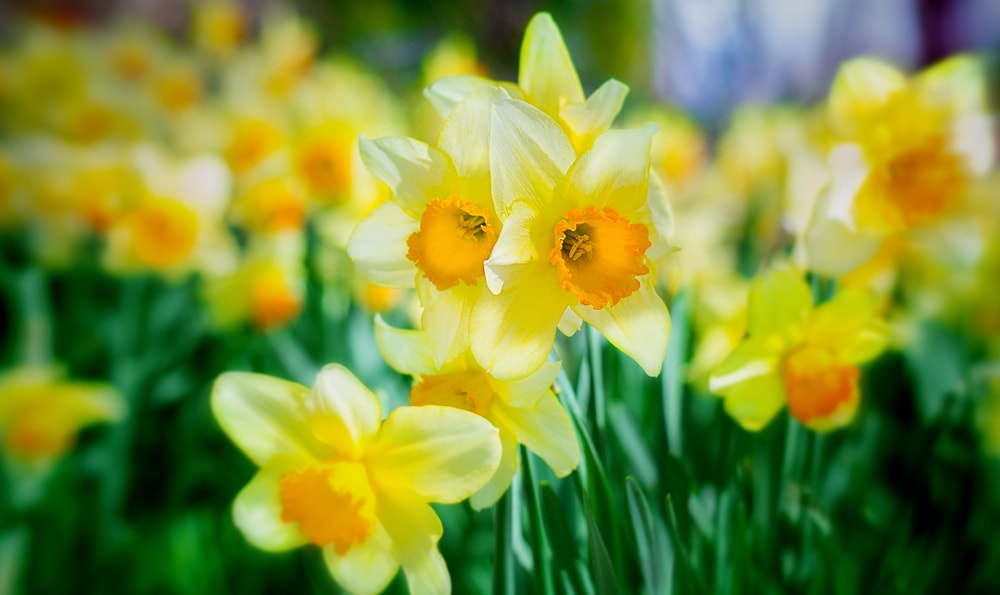Daffodils, Jonquils, in England “Lent Lilies”—whatever you call them, they’re still the quintessential flower of spring for many people.
Daffodils are members of the Amaryllidaceae—the amaryllis family!
Relatives include:
- Agapanthus (Lily-of-the-Nile)
- Hymenocallis (Peruvian daffodils)
- Sternbergia (Lily-of-the-Field)
- Alliums (onion family, including onions, garlic, chives, and ornamental onions)
- Lycoris (Naked Ladies, Spider Lilies, Surprise Lilies)
- and, Asparagus!
All members of the amaryllis family are very pest-resistant, by the way.
Botanical Info
The correct botanical name for daffodils is narcissus. The correct common name is daffodil.
Jonquil is a specific type of narcissus—narcissus jonquilla. The true jonquil has a smaller rounder flower, with a flatter cup, a multi flowering habit, and a sweet fragrance. Southerners often mistakenly call all daffodils jonquils.
To put it another way—all jonquils are daffodils, but not all daffodils are jonquils.
Deer and Vole Resistant
All members of the amaryllis family are poisonous; therefore deer don’t eat the flowers and voles won’t eat the bulbs. This makes them a fairly effective botanical protection for other plants.
If you ring your hostas with daffodils, voles burrowing underground will run into the daffodil bulbs and likely turn away—before they discover the yummy hosta roots behind them. Deer out foraging for yummy new spring growth will come across the daffodil foliage and often decide to ignore that corner of the yard.
Daffodils are Terrific for Combination Plantings!
Daffodils are terrific in combination plantings with bulbs like tulips. Because tulip bulbs go really deep (10 to 12” deep), you can cover them over and, at the six inch depth, plant daffodil bulbs. The tulips will come up in between the daffodils. Voila! Instant protection for the tulips from both deer and squirrels!
And, better yet, a bouquet in one pot.
How to Plant These Lovely Flowers
Daffodils are tolerant of a variety of conditions, and only really have problems with two things—dense shade and wet feet. They’ll tolerate part-shade fine, however. Plant them about six inches deep any time after the middle of October, for best results.
Because daffodil bulbs have a habit of splitting and dividing, if you have a clump that is no longer blooming well, going in and dividing clumps, spacing the bulbs out will usually rejuvenate them nicely. Fertilize areas where you have daffodils planted every October with Bulb-tone.
Why Plant Daffodils? Let Us Count the Reasons!
Easy, tolerant, pest-proof—there are a lot of reasons to plant daffodils. I do it because they’re beautiful and cheerful—and deer resistant.
Come in now for the Best Selection
We have a fabulous selection of daffodils—and other bulbs—right now.
Come in and let me help you pick the right bulbs for your garden.

